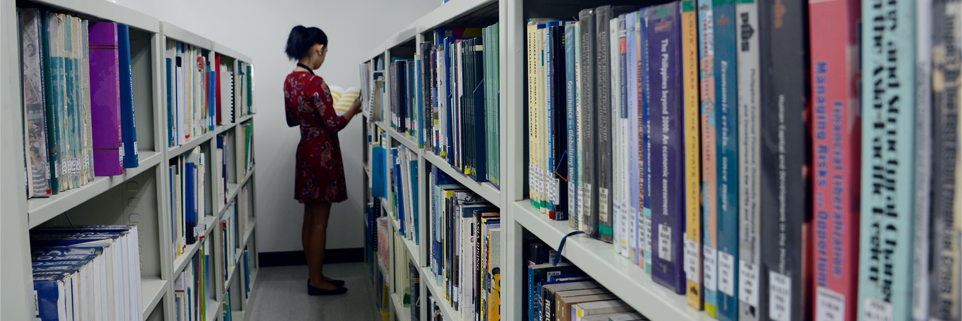Environmental impact of trade policy reforms on pollution intensity /
By: Medalla, Erlinda M.
Series: Vol. 28 No. 2 Second Sem 2001.Description: p.167.Subject(s): Trade reforms | Asian currency crisis-1997 | Effective protection rates (EPR) | Environmental issues | Environmental management | Environmental Management Bureau (EMB) | Environmental management of small- and medium-scale enterprises (SMEs) | General Agreement on Tariffs and Trade-World Trade Organization (GATT-WTO) | International Trade in Timber Agreement (ITTA) | Montreal Protocol | Nontariff barriers (NTBs) | Non-uniform tariffs | Official Development Assistance (ODA) | Philippine industrial policy; Executive Order 470 (EO 470) | Philippine Institute for Development Studies-Development Incentives Assistance (PIDS-DIA) | Philippine Standard Industry Classification(PSIC] | Pollution | Trade policiesOnline resources: Click here to access online In: Philippine Journal of DevelopmentSummary: The paper attempts to provide a theoretical analysis as well as some indicators of the linkage between trade policy and the environment. It looks at what has happened to the share of manufacturing industries by pollution classification overtime and finds tat the share of non-pollutive/non-hazardous industries has grown over the years covering the period of trade reforms. It also analyzes the impact of trade policy on the environment using a simulation model, which predicts what happens to pollution intensity with and without trade reforms. The results indicate some positive impact of trade reforms on the environment and that the Philippines should pursue its greater trade liberalization and implement the corresponding environmental measures.The paper attempts to provide a theoretical analysis as well as some indicators of the linkage between trade policy and the environment. It looks at what has happened to the share of manufacturing industries by pollution classification overtime and finds tat the share of non-pollutive/non-hazardous industries has grown over the years covering the period of trade reforms. It also analyzes the impact of trade policy on the environment using a simulation model, which predicts what happens to pollution intensity with and without trade reforms. The results indicate some positive impact of trade reforms on the environment and that the Philippines should pursue its greater trade liberalization and implement the corresponding environmental measures.

